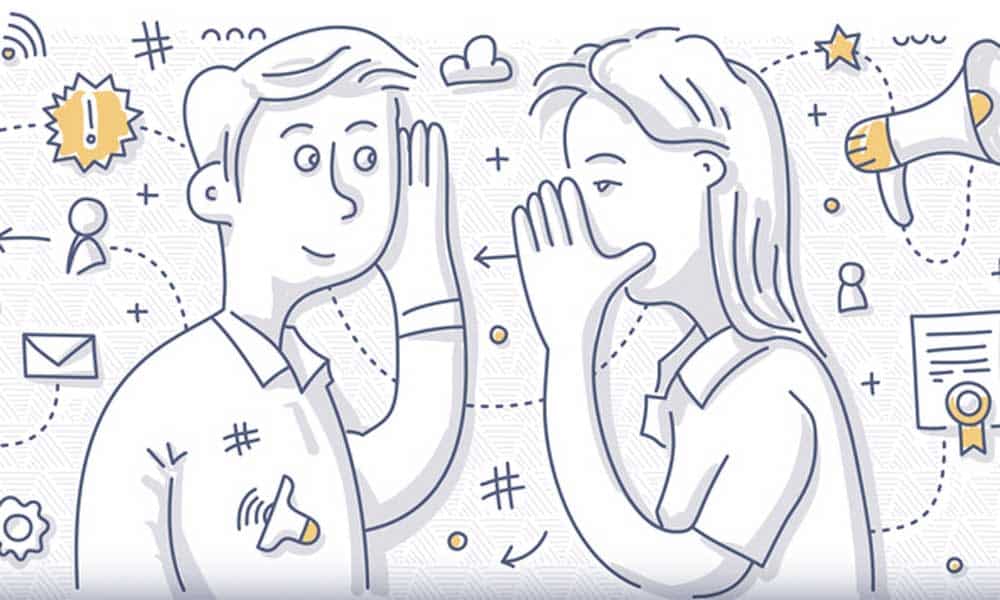
06 Feb Psychology Tips for Designers to Improve Their Communication with Clients
Psychology Tips for Designers to Improve Their Communication with Clients
Effective communication is the key to offering excellent customer service.
When you provide unparalleled customer service, not only do you impress current clients, but you attract new ones.
The base of excellent client communication is understanding the client’s behaviours and utilising effective communication.
Any professional graphic designer looking to strengthen their communication skills should realise that it’s not just what you say, but how, when, and why you say it that matter.
Meaningful communication with your client, be it in person or on a social media page, comes down to psychology and putting communication tips into play.
How does psychology relate to client communication?

Psychology is ever-present in design, whether that’s in the colours, shapes, or numbers used in a project.
However, designers can use their knowledge of psychology outside of the design process, as well.
Good knowledge of psychological principles helps designers handle clients appropriately and with finesse.
While not all clients are equal, using specific communication tips can help you get your idea across in a meaningful way.
Utilising psychology in your correspondence allows for effective communication with clients.
A clear comprehension of how your clients’ tick gives you a better grasp of their needs, wants, behaviours, and even choices.
When you psychologically cater to your clients, they will have a better overall experience and will be more likely to hire a freelance graphic designer.
Communication tips to use with your clients
Leverage the Halo Effect

Some things last a long time, and first impressions are certainly one of them.
While not everyone bothers to make great first impressions in business dealings today, those who do stand out.
Setting yourself apart from the competition not only makes you memorable, but it also starts you off on the right foot.
If your clients see you in a positive light from the get-go, that feeling will filter into all of your future dealings.
This emotional repercussion has its roots in Thorndike’s Halo Effect.
Thorndike theorised that people’s cognitive biases affect the way they interpret information about someone they view favourably.
Essentially, if someone thinks highly of you and finds out you’ve done something wrong, they will dismiss that behaviour.
By giving a great first impression, people will remember that about you and view everything you do from then on positively.
Excellent client communications depend upon making a great first impression as it influences future interactions with clients.
Conversely, making a terrible first impression will also affect the way that you interact with clients. So, don’t downplay your first interaction with a new client!
Utilise Positive Language

Positive language has become a hot topic in the world of client communications.
Simple semantics will show you that people interpret certain words differently.
Therefore, using the right words to get your message across can have a significant effect on how clients respond.
Combined with an appropriate tone of voice, positive language can help quickly de-escalate situations or calm down clients.
Choosing the appropriate words or phrases in an email, a social media page or face-to-face meeting with a client can make challenging situations more manageable.
A language that is dismissive or negative will only annoy clients or make them furious.
Instead, a positive language that shows you care and want to help will garner a better response.
While you don’t always have to have the right answer, answering a client’s question or request in a positive way is best.
Positive communication skills examples aren’t hard to come by.
Phrases like “I understand your frustration, I’ll do my best to…” or “I don’t know, but I’ll find out,” go far.
Treating your clients with kindness and making them feel cared for are helpful communication tips that keep them happier in the long run.
In the end, this might be their first try to hire a freelance graphic designer, so try to make this experience positive for them.
Maintain the Hierarchy of Needs
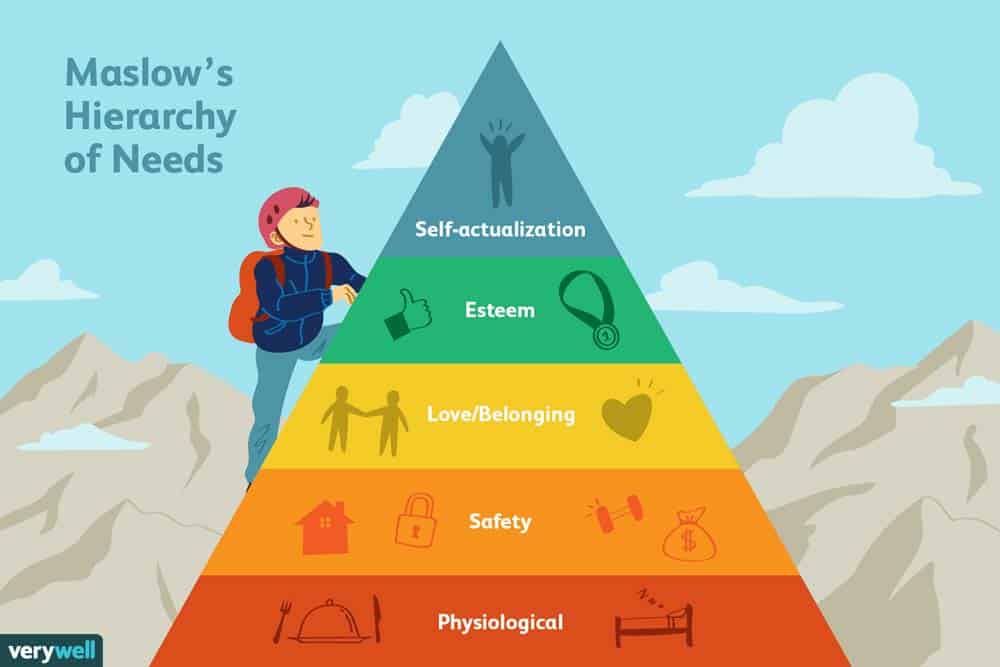
People like to feel needed; it’s part of our human nature.
Although we may all show this need to feel needed differently, it’s still there.
Being needed makes us feel useful and gives us an ego boost.
Even the humblest person in the world can appreciate someone stroking their ego.
Understanding Maslow’s Hierarchy of Needs can help you take advantage of behavioural motivation in your client communication.
The components of Maslow’s hierarchy include self-actualisation, esteem, love or belonging, safety, and physiological.
Esteem is what we humans know as the desire to feel accepted.
Paying someone a compliment or giving them special treatment can help them feel valuable and esteemed.
Maintaining Maslow’s Hierarchy of Needs with your clients isn’t just buttering them up, it’s good business.
Your clients may feel dejected if you are checking emails or looking around the room while they speak to you.
An effective communication tip is to make your clients feel important and esteemed by giving them your complete attention.
Giving heartfelt compliments or constructive criticism are also excellent communication skills examples.
Become an Active Listener
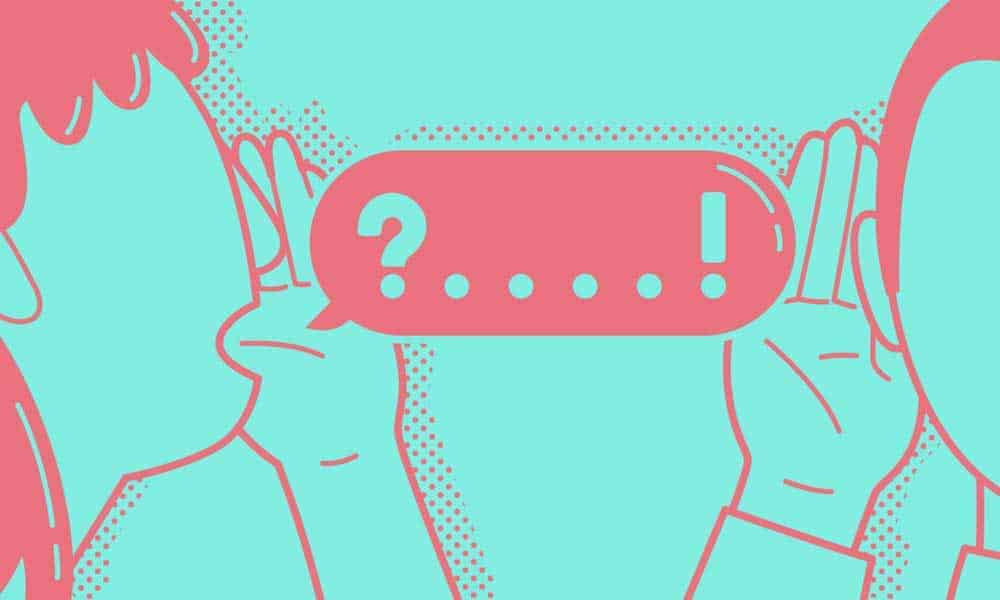
In the same vein of thinking, prioritising client communication depends on whether or not you listen to them.
As a professional graphic designer, you are the expert in the field, and sometimes you might feel as though you know best.
While it can be tempting to tune out a client who doesn’t know much about design, not actively listening can have adverse effects.
Active listening is especially important when a client has an issue they want to raise.
Genuinely listening to your client is also about reading in between the lines.
Often, people speak more with their bodies than their words. Active listening and observation go hand in hand.
Here are some things to look out for:
● Note your client’s facial expressions and body language
● Identify their tone of voice
● Pay attention to verbal and nonverbal clues
When you actively listen, it’s crucial to minimise how much you speak. Avoid interrupting your client.
Should you need to talk, keep your remarks short and simple.
Paraphrasing what you’ve understood and asking them to confirm are important communication tips.
If your client feels you are genuinely listening to them, that will make smoothing over any issues much more straightforward.
Use Names, Make it Personal

Although some might say that doing business on a first-name basis is too informal, it can cultivate mutual respect.
Surely you will have some clients that insist on going by Mr. or Mrs. So and So, but they’ll be in the minority.
The reality is that people like to hear their names because it makes them feel appreciated.
Not only does it show that you remember their name, but it helps the interaction feel less transactional.
The psychology behind it boils down to people craving human interaction.
Overly formal interactions make clients feel like they are dealing with a company, not a human.
Ergo, using first names not only makes a conversation more informal, but it also helps clients feel closer to you.
Even if you are sending loads of emails every day, using client names will make them feel one in a million.
Whether you’re calling, writing to a client or chatting with them on a social media page, always introduce yourself by your first name.
After that, the client will feel comfortable using their first name, and you can begin to build rapport.
Always approach your interactions as conversations and keep them personal.
By using these communication tips, you preserve that human element and make client communication much more pleasant.
Cultivate A Profound Sense of Empathy
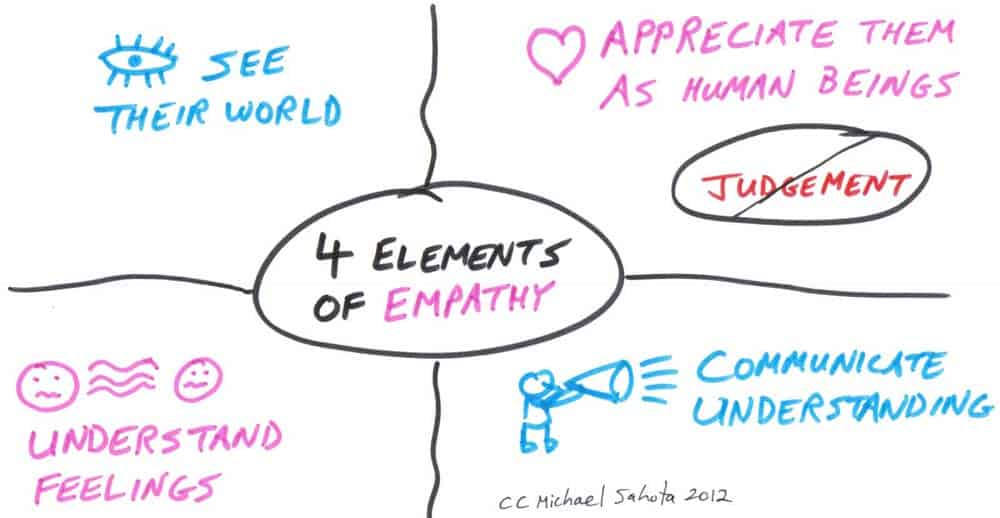
As people, we tend to gravitate towards others that seem to “get” us.
Showing your human side when communicating with clients who are planning to hire a freelance graphic designer is vital, but being empathetic seals the deal.
Empathy isn’t merely showing that you care or feel for someone—it’s showing you understand them.
Designers who can put themselves in their client’s shoes can expect to have more consistently meaningful conversations.
Contrary to popular belief, empathy and sympathy are not synonyms.
A person’s ability to imagine another person’s experience by envisioning themselves in their position is the technical definition of empathy.
It’s possible to be sympathetic towards someone or their situation while having no idea about their thoughts or feelings.
Whereas, empathy entails a connection with that person and their thoughts and feelings.
To cultivate your sense of empathy, you need to learn how to see the bigger picture.
What we know today to be emotional intelligence stems from the concept of empathy.
Being able to recognise emotions in yourself allows you to recognise them in others and enables you to be empathetic.
Comprehending your client’s feelings and thoughts will permit you to communicate with them on a deeper level.
Work Against Fight or Flight Mode
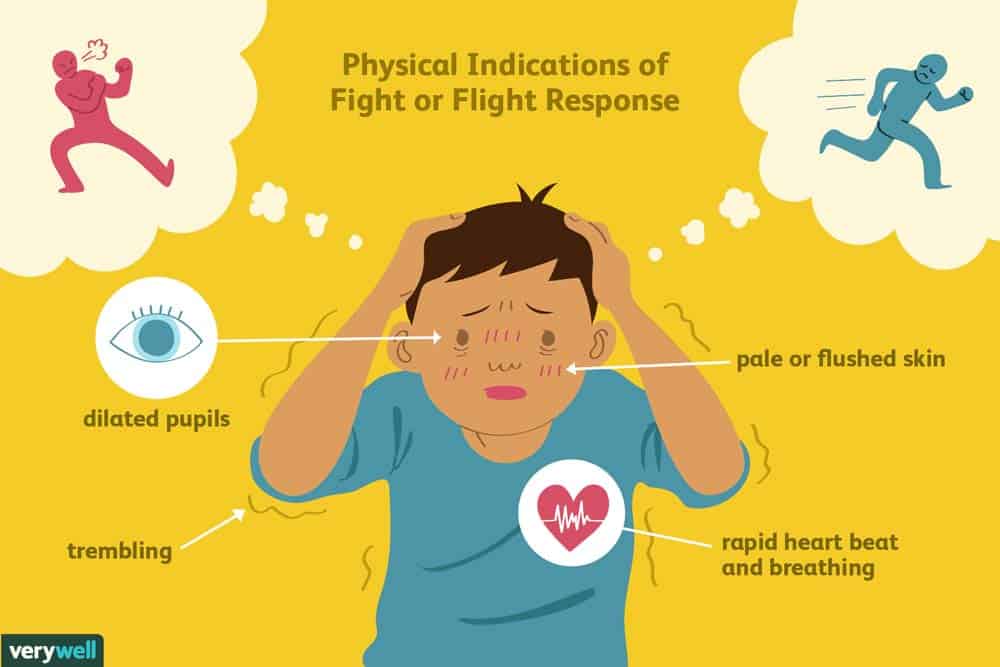
Dealing with angry or disgruntled clients is almost inevitable.
Mistakes and misunderstandings happen for designers and businesspeople of all kinds.
It doesn’t help that a lot of our communication today occurs via email which can cause further misunderstandings, for example when you discuss the new company branding or logo fonts that would be the best fit for their new website.
When we have to face situations, we deem it difficult or dangerous, our fight or flight mode activates.
Fight or flight, or acute stress response, is a human survival instinct.
This instinct helps us quickly analyse a troubling situation and decided whether we should run away or battle it out.
While psychologists first noticed this response in animals, it applies to humans, too.
When we come face-to-face with an angry client, we may choose to lash out or avoid the problem altogether.
Following our instincts when it comes to client communication is not ideal.
Neither fight nor flight is a practical communication skill.
Lashing out or defending yourself to a client is likely to make them angrier.
Not to mention that avoiding the problem or running away doesn’t solve the issue either.
The best communication tips for these stressful interactions are to remain calm and take a moment to collect yourself.
Working against fight or flight mode requires letting go of the stress of the moment and doing your best to fix the situation.
Provide a Cure for Analysis Paralysis
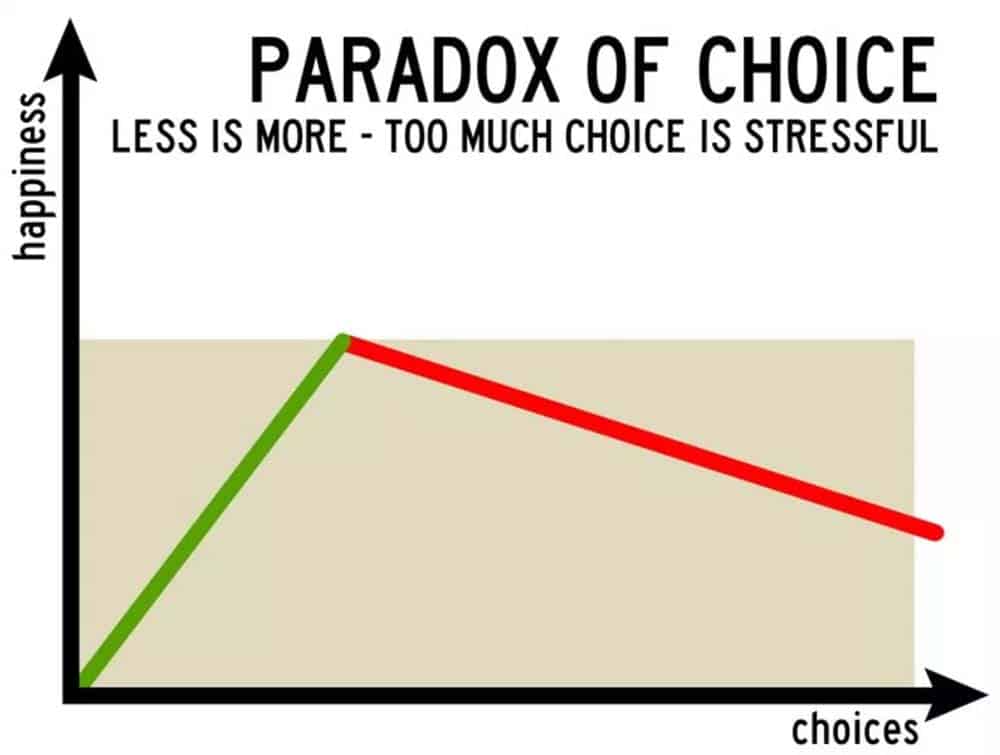
If you’re someone who has trouble making decisions, you’ve experienced analysis paralysis before.
Simply put, analysis paralysis refers to the difficulty or confusion people experience when asked to choose.
As a professional graphic designer, you know that visually speaking, there are ways to make certain elements more attractive to people.
Well, the same goes for client communication.
To help cure analysis paralysis and promote effective communication with clients, you can use language to inspire them to choose.
The key is to be clear and illustrate what people have to gain by choosing one option over another.
For instance, when presenting two versions of the same project, highlight which version you think meets their standards and why.
If you have actively listened to your clients and focused on their needs, they’ll probably agree with you.
Eliminate client confusion by simplifying your language and being specific.
When it comes time to deliver, make their choice simple.
Utilise your knowledge of psychology and channel that into effective communication.
Let your words guide your client while they’re considering to hire a freelance graphic designer and cure their analysis paralysis.
Remember the Power of Reciprocity
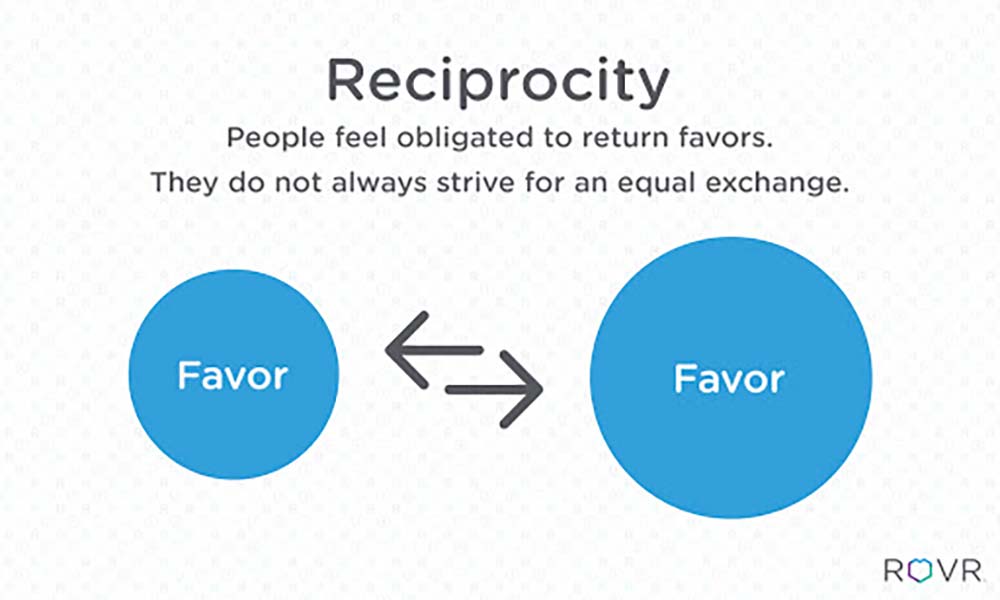
The use of reciprocity in the effective communication spans from the fields of design to health to tourism.
At its core, reciprocity is about returning the favour with another favour.
However, as humans, we sometimes do this consciously because we feel that one good turn deserves another.
That feeling connects directly to our sense of guilt. We don’t want people to take advantage of us, so we avoid taking advantage of others.
Psychologist Rober Cialdini identified reciprocity as one of the “Six Principles of Persuasion.”
We feel pressure to repay others for their kindness and thus become easily persuaded to do something in return.
Reciprocity can even help overcome suspicion or dislike of someone who has done something helpful for you.
The psychology behind that is if they are kind, we owe them the benefit of the doubt.
“Designers who want to improve their client communication can use reciprocity to guarantee positive interactions. Offering a free sample of a product or promising them first dibs on a new product can make clients feel indebted to you. While you want to be careful not to emotionally blackmail them, doing small favours can help you keep their business. After all, what goes around comes around.”
Jenna Olsen, Senior HR specialist at Grabmyessay.
Use psychology to your advantage in client relations
At times, dealing with people can be hard, especially if they’re your clients.
These communication tips can help you cultivate a deeper understanding of your clients and communicate better.
Although no one knows your clients better than you, taking time to incorporate these tips into your client communication can deepen your bond.
Your clients will notice the difference, and that will help cement their trust in you and your work.
As a designer, your job isn’t just to design; it’s to make your clients happy.
No matter how experienced you are, effective communication skills are invaluable.
Test these tips out when communicating with your clients and see how they improve your communication.
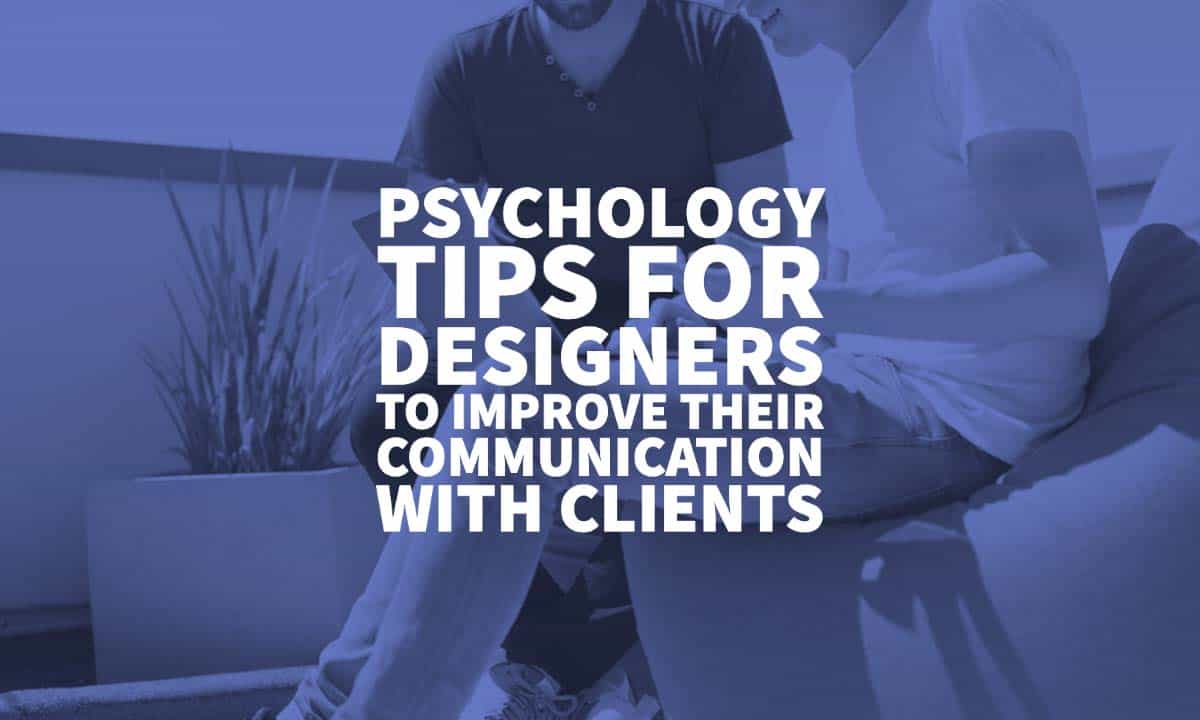
The post Psychology Tips for Designers to Improve Their Communication with Clients is by Stuart and appeared first on Inkbot Design.


